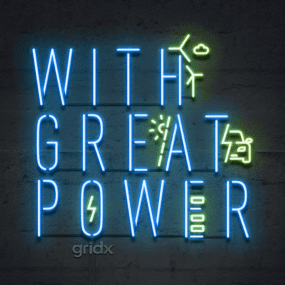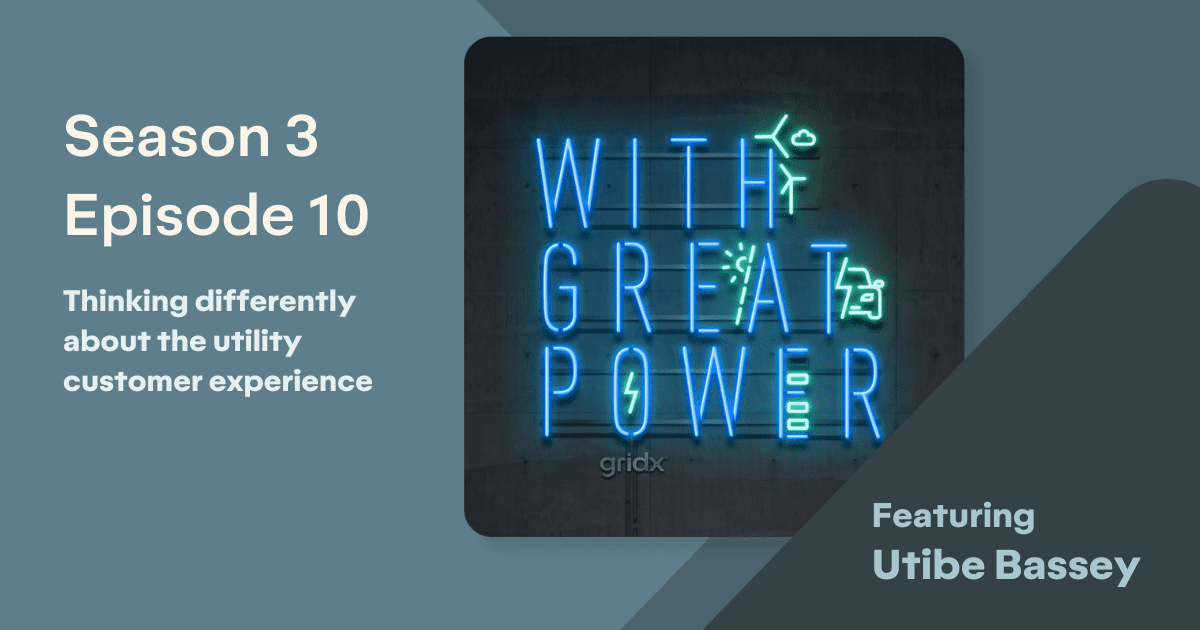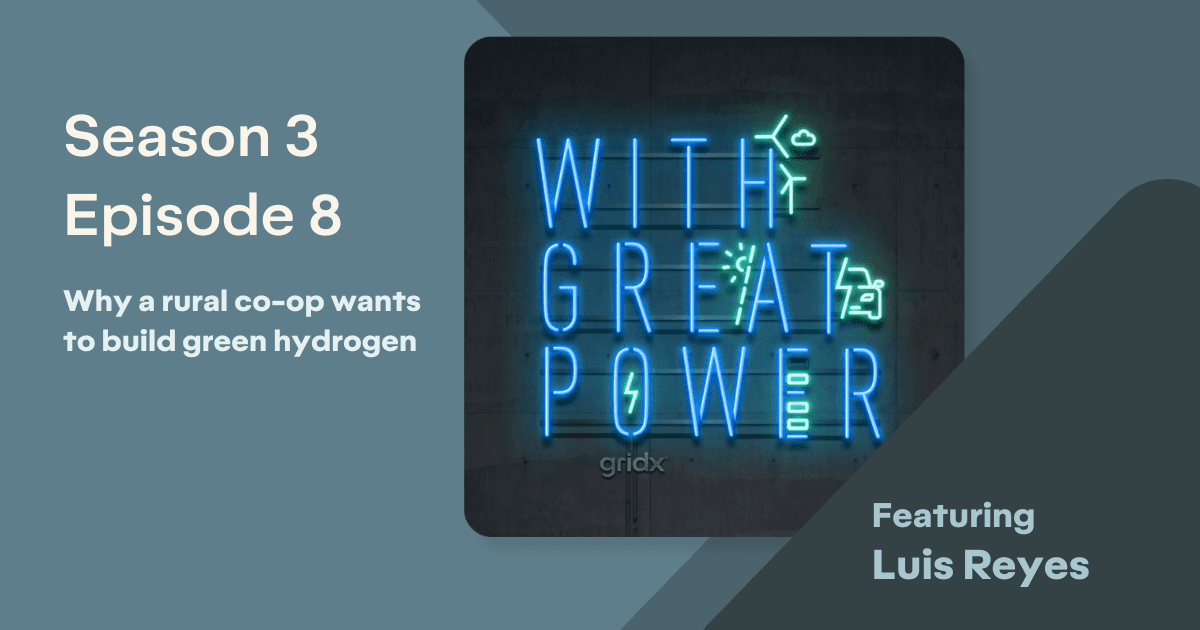Why dynamic rates are gaining momentum
Ahmad Faruqui explains why electricity rates are not one-size-fits-all.

After almost half a century of endless pilots, utilities are permanently implementing time-of-use rates.
After the passage of President Jimmy Carter’s Public Utilities Regulatory Policies Act in 1978, utilities across the U.S. experimented with different pricing schemes for electricity throughout the 80s and 90s. But customers didn’t respond to the price signals, said Ahmad Faruqui, an economist and expert on rate design.
At the time, Faruqui was a researcher for the Electric Power Research Institute, where he analyzed 16 pricing pilots across the U.S. and Puerto Rico. The results were surprising. In theory, the concept of charging customers more while demand was highest would reduce strain on the grid – but in practice, it didn’t.
It took the fallout from the California energy crisis in the early 2000s to foster a major breakthrough for time-of-use pricing. The wholesale cost of electricity rose 800% during the height of the crisis, leaving Californians fuming over their bills and regulators committed to building a better market.
The resulting market restructuring led to the first major rollout of smart meters in California. “California became one of the first states in the country to do… a brand new kind of pricing pilot,” said Faruqui during an interview on the With Great Power podcast. The pilot tested time-of-use rates with 2,500 customers across three utilities, and hinged on the ability of the new meters to track energy consumption hourly.
But Californians didn’t respond the way regulators and utilities had hoped. “We would keep telling them the price is lower during many hours of the day,” explained Faruqui. “But they would say, well, but you’re charging me a higher price during the most important time of the day, which is my evening hours.”
Faruqui said a real breakthrough didn’t come for another 20 years when the first electric vehicles hit the distribution grid. “About five to 10 years ago, EVs arrived on the scene, and suddenly there was a customer longing for a lower rate, and the time-of-use pricing finally came of age.”
Customers realized they could lower their charging cost if they charged at night, or off-peak, said Faruqui. This realization led to Californians shifting their energy consumption off traditional peak hours in the early afternoon.
“For PG&E, the peak period about 30 years ago was from noon to 6 p.m.,” said Faruqui. But as behaviors changed “it shifted to 2 to 7 p.m., and now it’s 9 p.m.”
The trend lowered energy bills and gave renewables a boost. “The peak will keep on going into the later evening, early nighttime hours, and the off peak will be in the middle of the day when the sun is shining, and you have a lot of solar generation,” said Faruqui.
Still, “cultural inertia,” as Faruqui calls it, is keeping many utilities from implementing time-of-use rates. But there is movement. “I believe we are beginning to see change happen that we have not seen in years,” he said, citing projects at PSEG Long Island and NYPA as successful examples.
Faruqui has shifted his mindset about mandatory time-of-use rates, or so-called “opt-out” programs, since he first started researching the concept. “For years, I was a big supporter of opt-out pricing. What that ignored was the fact that for decades we have had flat rate pricing, and so if you go suddenly to time-of-use pricing for every customer…that’s a big change. Customers are not going to be ready for it,” he reflected.
Now Faruqui believes in a combination of opt-in and opt-out programs. He said because opt-in programs are voluntary and customers have to actively enroll, the ratio of on peak to off peak can be something like 5:1. But for opt-out programs, where customers have to actively leave the program, the ratio should be closer to 2:1.
Ultimately, good rate design comes down to a few key principles, he said. “Keep the peak period short. Make sure the off-peak savings are considerable. Make sure you educate and inform customers on what actions they need to take to benefit from the rate.”
Most importantly, give customers choices. “Don’t be stuck on just one rate. I think giving choices is the biggest lesson we have from working on this for years and years…no two customers are alike,” he said.
For the full conversation with Ahmad Faruqui on effective rate design, listen to his interview on season 3 of With Great Power: here or wherever you get your podcasts.
Read the original article here.
Interested in learning more about how utility rate design could make or break the energy transition? Join Ahmad Faruqui, Scott Engstrom of GridX, and Stephen Lacey of Latitude Media for a Frontier Forum focusing on the importance of good rate design – and the consequences of getting it wrong. The online event is on June 13 at 12pm ET. Register for free here.




